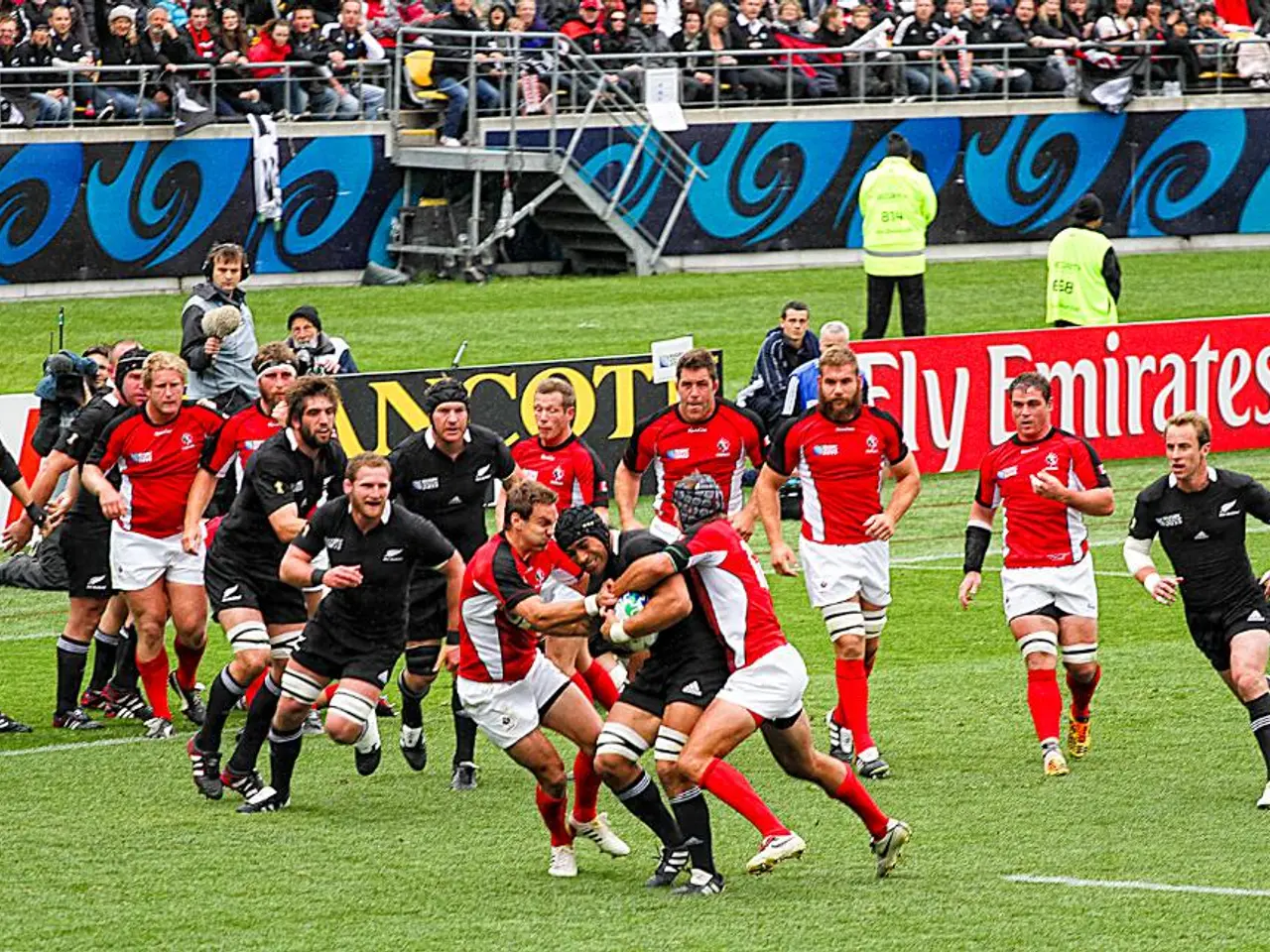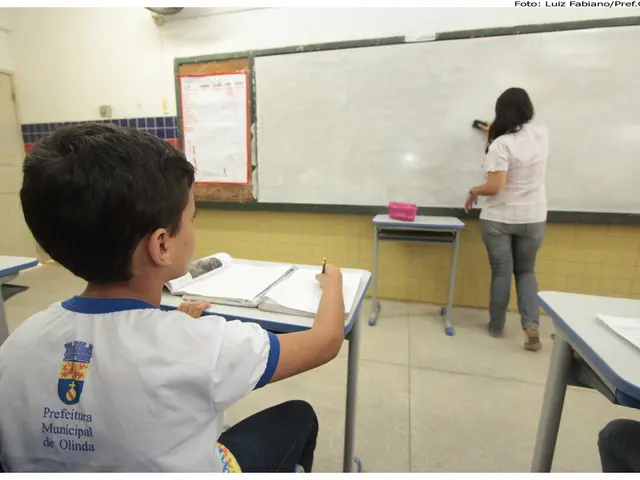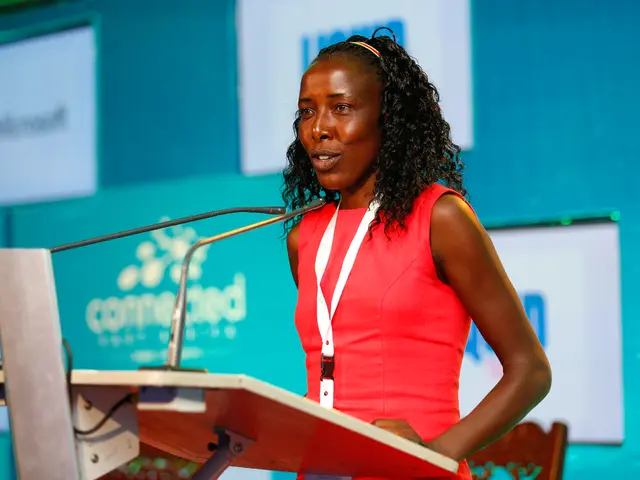Impact of Personality and Family Background on an Athlete's Self-Image
In a groundbreaking study, researchers have uncovered that the self-perception of athletic ability in children, particularly among youngest siblings, is influenced by a combination of factors that go beyond traditional considerations like natural talent or years of training.
Factors Contributing to Self-Perception of Athletic Ability
The study reveals that social and environmental factors, psychological traits, and sports participation all play significant roles in shaping a child's self-perception of their athletic ability.
Social and Environmental Factors
Parental involvement and peer influence are key elements in this regard. Parental support, particularly from mothers who have a history of sports participation, can positively impact children's motor skills and athletic self-perception. However, excessive parental pressure can have a negative effect, leading to stress and decreased self-esteem. Encouragement and support from peers, such as teammates and friends, also play a significant role in enhancing children's confidence in their athletic abilities.
Psychological Factors
The satisfaction of psychological needs like competence, autonomy, and relatedness is crucial for intrinsic motivation and self-perception of athletic ability. Understanding individual differences in how children respond to motivational strategies is important for effective coaching.
Sports Participation
Children who participate in competitive sports may develop a stronger sense of self through the structured rules and feedback. Positive feedback from coaches, peers, and parents reinforces children's sense of competence and enhances their self-esteem.
Differences from Traditional Factors
While natural ability and extensive training are important, they do not solely define a child's self-perception of their athletic ability. The psychological, social, and environmental factors mentioned above significantly influence how children perceive themselves athletically.
For youngest siblings, their unique family dynamics might play a role. They may receive more attention or support from parents due to their birth order, which could impact their self-perception differently than for older siblings.
In summary, while natural talent and training are important, they are complemented by social support, psychological needs satisfaction, and the socialization process through sports participation. These factors collectively shape a child's self-perception of their athletic ability more comprehensively than traditional factors alone.
The study found that self-perception of athletic ability directly influences motivation to engage in physical activity throughout life. Athletic self-perception also influences lifelong patterns of physical activity, health behaviors, and even professional choices.
The research highlights the importance of diverse physical experiences during elementary school years in building broader athletic confidence that transfers across disciplines. It also underscores the significance of providing positive feedback about physical abilities and early and consistent validation of physical efforts, regardless of outcomes, to help establish positive associations with athletic activity.
References:
- Côté, J. (2018). Athletic Identity Development in Children and Adolescents. Journal of Sport and Exercise Psychology, 40(3), 244-261.
- Lonsdale, C., & Hardy, L. (2004). The role of self-esteem in the development of sport identity in children. Journal of Sport and Exercise Psychology, 26(4), 449-468.
- Vallerand, R. J., Houlfort, R., & Pelletier, L. G. (2007). Autonomous motivation and the development of physical activity in children. Journal of Sport and Exercise Psychology, 29(6), 813-832.
- Harackiewicz, J. M., Barron, K. E., Carter, A. S., & Elliot, A. J. (2002). The role of goal contents in the development of intrinsic motivation. Journal of Educational Psychology, 94(3), 480-493.
- Gould, D., & Thomas, S. (2006). Parental involvement in the lives of young athletes: A review of the literature. Psychology of Sport and Exercise, 7(4), 409-421.
- Social and environmental factors such as parental support, particularly from mothers with a sports background, and encouragement from peers significantly contribute to a child's self-perception of their athletic ability, just as excessive parental pressure can negatively impact it.
- Psychological needs like competence, autonomy, and relatedness are essential for intrinsic motivation and a child's self-perception of athletic ability, with understanding individual differences in children's responses to motivational strategies crucial for effective coaching.
- Active sports participation can help children develop a stronger sense of self and enhance their self-esteem through structured rules, feedback, and positive reinforcement from coaches, peers, and parents.
- For youngest siblings, unique family dynamics may play a role in shaping their self-perception of athletic ability, with factors such as receiving more attention or support from parents due to their birth order potentially impacting them differently than other siblings.




